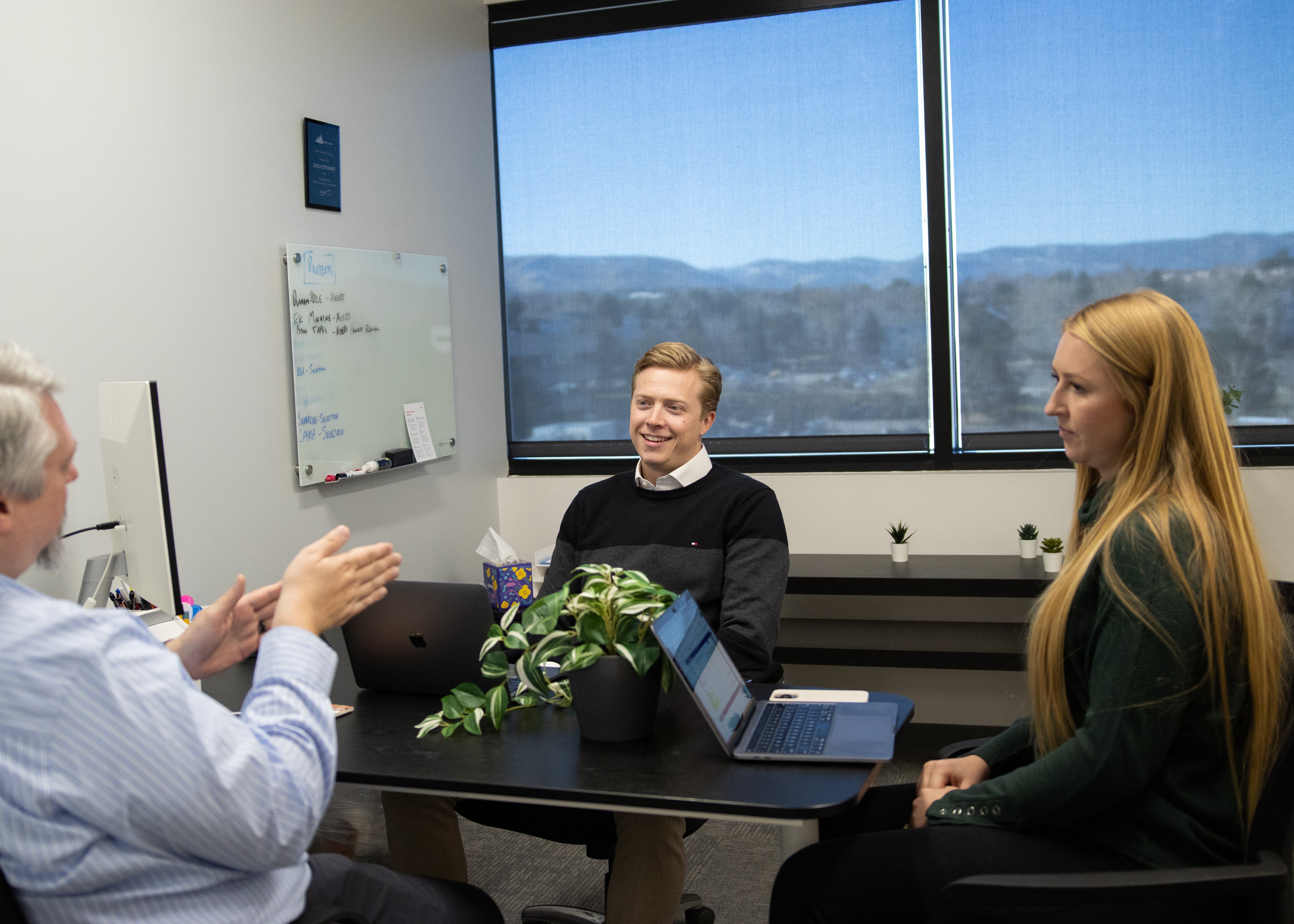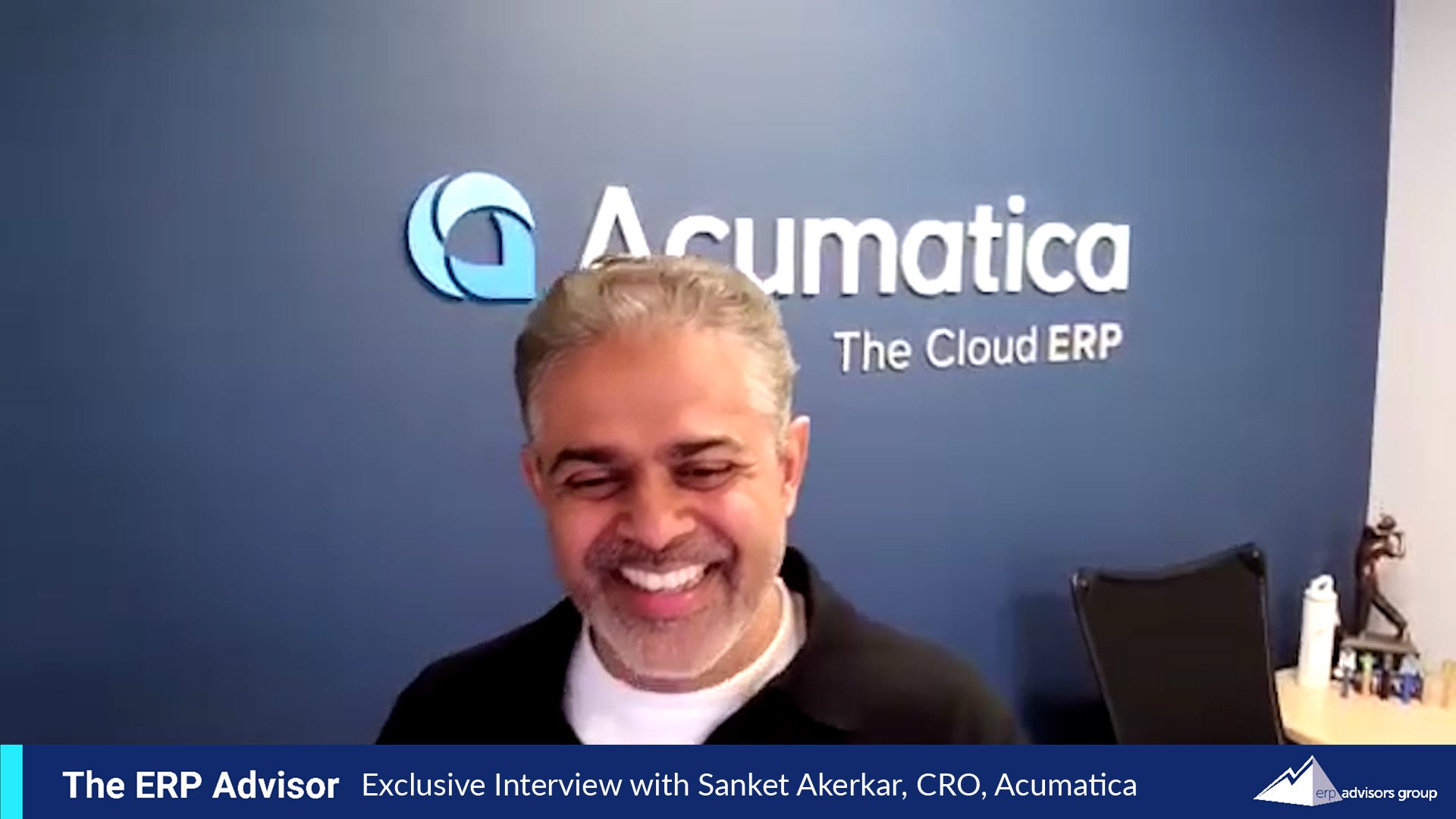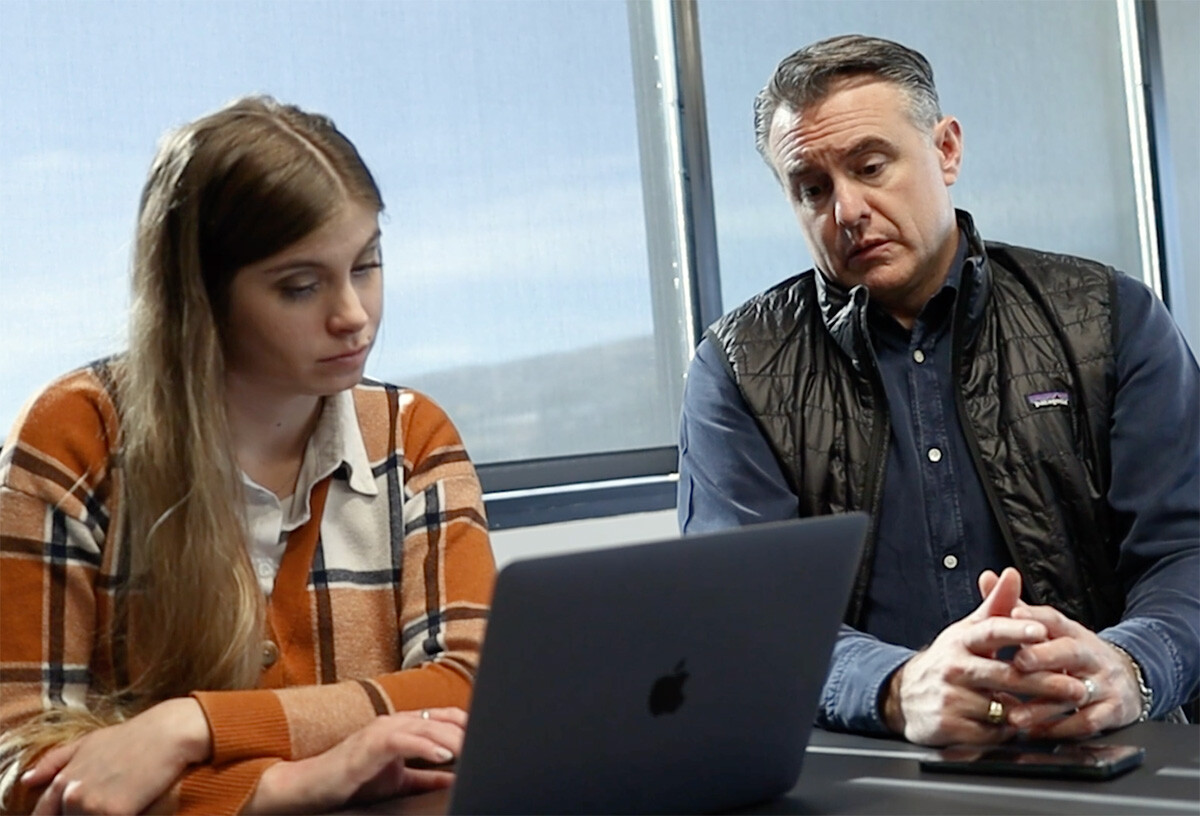![]()
Growing construction and field service companies rely on disparate, specialized best-of-breed tools to run their businesses. Unlike other industries, there is not an obvious software solution to eliminate disjointed processes, making a selection difficult. Once selected, deploying solutions for projects, jobs, services, and other industry-specific requirements is the next challenge. But how can construction and service companies meet their needs while navigating complicated ERP implementations and data migrations? In this episode of The ERP Advisor, Shawn Windle reviews case studies for construction and field service companies to evaluate the best practices that helped them reach a successful ERP go-live.
ERP Implementation Case Study Series: Construction & Field Service Companies
Construction and field service companies face unique challenges when tackling ERP implementations, especially as it pertains to the type of solutions selected and the resources available to help implement them. In this installment of EAG’s ERP Implementation Case Study Series, Shawn Windle reviews real clients’ ERP implementations to identify the best practices that led them to successful go-lives.
Opportunities for Construction & Field Service Companies
Construction and field service companies have some common ERP requirements due to some similarities between the two industries.
Within the last six years, construction and field service companies have experienced significant growth and are choosing to take on new solutions as a result of emerging resources. Economic trends have driven construction and field service firms to optimize their businesses. With so many solutions available on the market, it has created the ideal market for transformation. In today’s economic climate, construction and field service companies can increase their margins and realize value through automation. Vendors are also heavily investing in these solutions to meet demand in the market which will benefit businesses looking to grow and modernize.
Why Do Construction & Field Service Companies Have Such Difficulty Finding Software to Meet Their Needs?
Construction and field service firms are legacy industries, typically operating on the same, outdated technology for decades before considering an ERP upgrade. Legacy products worked well to meet their needs but over time, as they got bigger, added adjacent services, or lost support from their vendor, they outgrew their applications. Part of their issues also stem from the over-customization of their legacy systems, which gradually expanded over years or decades.
Construction and field service companies tend to not be at the forefront of software technology and traditionally have under-invested in new software solutions. Companies in these industries have historically relied on disparate, best-of-breed solutions to meet their vast needs, making it difficult for them to select and implement a single solution. There are many opportunities to use technology, so businesses must work with experts to carefully consider their requirements and ensure they select the right solution to meet their needs.
What Should Construction & Field Service Companies Be Wary of During Their Implementation?
Construction and field services are extremely people-intensive industries that rely on people and equipment to do their jobs. That being said, there are a couple of major considerations that construction and field service companies should be wary of when confronting an ERP implementation.
First, you must be realistic about your goals. Not just your expectations for the software, but also your expectations for your people. You need to recognize what your people are really capable of as it pertains to the implementation process. Sometimes, your people are so busy that you are unable to perform user acceptance testing until go-live or other internal responsibilities fall through the cracks. Without contingency plans or properly supporting your users, you can suffer a failed implementation.
Second, the pricing models for software projects in the construction and field service spaces can be very interesting. Pricing is sometimes based on things like revenue or the size of the projects the company is managing, which can become complicated if your firm is working on expensive projects with low margins. It is vital to utilize contract best practices to negotiate the right deal for your business.
Finally, a major concern, especially in the field services space, is that it is easy to get enamored by AI-driven user interfaces or the next generation of software to make people’s lives easier. However, it is just as easy to do too much and derail your ERP upgrade. Pay attention to what the vendors are doing today, but don’t be fooled by promises of where technology will be tomorrow. You need a transaction-processing system first that can handle the core functions and it will be great to optimize it later with AI functionality.
Case Study #1: A 1,000 Plus Person Field Service Company
The first client in this case study was operating on multiple sophisticated legacy applications and was run by a sophisticated management team. Conversely, the end-users wanted a straightforward application that would simplify their jobs and would be simple and ready to use out of the box.
This company needed to look at the technology they were on today in order to identify the appropriate gradient for the future. Our client was on a single, more advanced, customized system. Then, the business acquired another business that was also similarly sophisticated. Unfortunately, the two systems did not integrate well so they needed a plan to move forward. The business decided to go with an entirely new ERP to leverage the sophistication of both sides by rolling out a new platform, specially built to support more acquisition activity.
It was a cumbersome task, and the company ran the risk of becoming too busy to have resources committed to the project. Additionally, the company was in the middle of major M&A activity. They engaged with EAG after they were bought, but then had to put a hold on the project while they were being acquired, newly. This caused problems with their software contract since they were locked in for five years and needed to figure out what they were going to do. While it can be beneficial to lock in a price for an extended period of time, sometimes that is not the right path, especially for a company experiencing lots of M&A. In these situations, it could be better to contract for a shorter time.
Ultimately, the client’s focus needed to be on their end-users, but the project sometimes swayed focus toward the mid-level people who were demanding sophistication as they came from much larger companies. They needed to understand who would be interacting with the system, whether that be the managers or the employees in the field, to identify the core functionality requirements. You need to know who you are really building the system for. If you configure the system to be too complicated, it will have the opposite effect on your business, causing inefficiency and turnover.
Case Study #2: Company in Need of an All-in-One Solution
Our second client had many different processes, which is typical for these industries, where they needed projects, construction jobs, and services to get the business on track for where they wanted to go. What ends up happening for companies who have a wide array of services or are known for a specialty service is they end up starting a services branch to manage the services, maintenance, and other field requirements. Company #2 had a blend of construction jobs, managing costs against expected budgets, and maintaining and monitoring inventory.
From the beginning, we had to take a step back with the client to decide if it was best for them to select a best-of-breed solution or an all-in-one. Or maybe they needed something in between. Ultimately, the client ended up selecting a best-of-breed approach with a field service bolt-on to meet all of their needs. The business needed this approach to grow and did the work to not only evaluate the solutions but also the hyperscalers backing the software. It is important to understand the future of your solution and the R&D being put into the products to ensure it will meet your needs for years to come.
During their implementation, the client met major challenges with data. Like many others in the construction and field service spaces, there were excessive amounts of data to sift through, from projects to billings to costs committed, which can take significant time and resources to cleanse and migrate. The solution you select can also complicate the data migration process, as different systems have varying requirements and multiple layers of complexity. We recommend that you clean your data early to avoid the obstacles this client faced.
Case Study #3: Fast-Growing, Family-Owned Company
This construction and field service firm was coming off a very common legacy construction application and was well on its way to a billion dollars in revenue. Our client was growing very quickly, and they needed a new solution to scale the business, at the right pace.
Originally, the focus was on selecting a horizontal solution with more generic offerings for their construction and field service requirements. They knew that the growth would not be focused only on what they did today, but on what they would do in the future. In this industry, businesses expand by offering adjacent services, either through internal development or acquisition, to extend the value chain. If this is your company’s future path to growth, you need to consider if your new solution will be rolled out across the entire platform because that strategy will impact your technology stack. Additionally, you need to look at what resources are available to help with the implementation on the client side.
In the end, the client did not have enough resources to make a horizontal solution work and they needed a vendor who would be able to come in and offer best practices, with less internal employee investment. The lesson showcased in this implementation was to be aware of and realistic about what your people are capable of when it comes to supporting the implementation. In this client’s case, it was important for them to achieve the minimum viable product and grow from there, getting what they really needed from phase 2 of the implementation. The lack of resources able to invest in phase 1 would have resulted in a failed implementation if the client had bitten off more than they could chew.
Conclusion
Construction and field service companies have unique requirements that make for complicated ERP implementations. If a business properly prepares for the common pitfalls associated with this industry, it can ensure the success of its ERP implementation without all the headaches. Ready to take the plunge? Schedule a free consultation, today!





